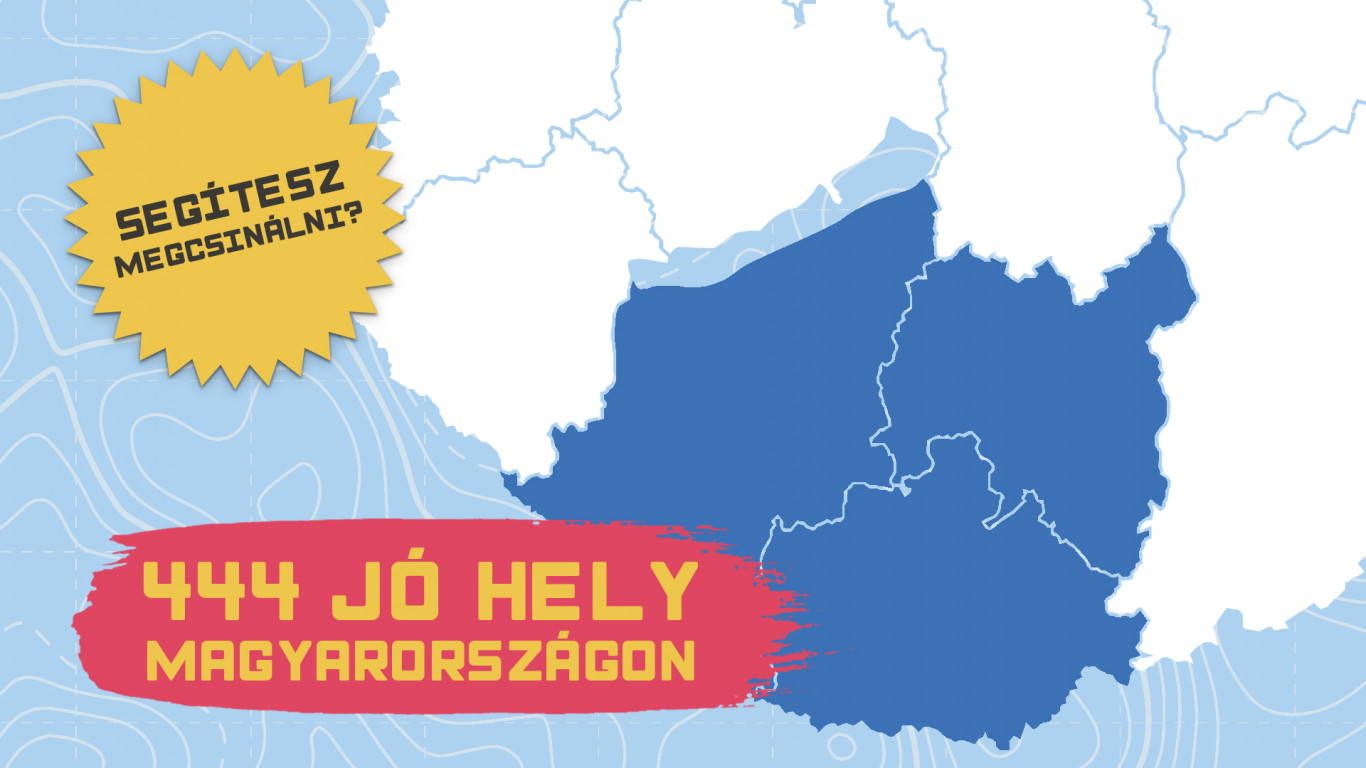You entered your name in the history of Hungarian palaeontology by discovering in April 2000 while you were still a college student, along with András Tormai, the remains of primitive terrestrial reptiles from the late Cretaceous period in the former bauxite mine in Iharkút. As a result of extensive research work during the two decades since then, complex vertebrate fauna of global significance 85 million years old have been discovered, including many new taxa. What do you think are the most important achievements of these two decades?
I think a lot of it can be included. I would consider that one of the most important results was the discovery of more than a hundred thousand discoveries from a range of tectonic plates that are unique in all parts of Europe in terms of age and geography. As for the time plane, this means 85 million years, the beginning of the Santonian period in the Cretaceous period. From this era, discoveries are also very rare in the world.
Second, in this period and in the preceding period, the regions of late Crete were marked by isolated wildlife development.
85 million years ago, the world’s sea level was much higher than it is today.
Hence the Earth was smaller. The region of Bakuni where this unique set of discoveries was discovered emerged, during the Cretaceous period in Santon, as an island in the waters of the Tethys Ocean as a member of an archipelago that could sometimes communicate with other wilderness areas.

The isolated evolution of fauna here can also be traced back to this, and as a result, the proportion of so-called relics and supposed endemic species in Iharkút’s discoveries is high. A good example of the latter are, among others, the freshwater mosaic species unique to the world, and Pannoniasaurus, Or the herbivorous crocodile also found in Iharkút.
In late Crete, the mosasaur stood at the top of the marine food chain.
Until the discovery of Iharkút, only the salty water forms of these predatory marine reptiles, which once grew enormously, were associated with variations of the day.

But just like Pannoniasaurus in freshwater, it is Iharkutosuchus makadii The herbivorous crocodile, which has received the scientific name of the species, is also a real curiosity of Bakony’s vertebrate fauna.
This particular species evolved due to special prehistoric conditions.
But it is also very important Ajkaceratops A discovery because it is evidence of a previously unknown dinosaur clade in Europe.

But I can recall Hangarosaurust Also: At Iharkút, discoveries of these armored dinosaurs are so abundant that the Bakony site is among the top five in the world in terms of the amount of fossils. Twelve skeletons and several thousand fragmentary hangarosaurus remains have been discovered so far.

It is worth noting another curiosity, which is the first flying reptile found on the land of our country, which is Bakonydraco galacziThat proved to be a new genus and a new kind of science.
In the time of the Mesozoic era, Hungary today was a predominantly marine area, so, for example, the former wildebeest of the Aharkite fauna were also islanders. How do you see, based on recent geographic research, whether it is possible to visualize other sites on Earth from the Mesozoic Era, either from the Cretaceous period or perhaps from earlier ages, the Jurassic period, or the pre-Triassic period? As far as I know, due to the retreat of the sea at the end of the Cretaceous, most of today’s Transdanubia has become arid. Is there any ancient geographic research studying this terrestrial period, and if so, could it lead to the discovery of another dinosaur site?
This is absolutely unimaginable. We actually found one in Ajka, 25 kilometers from Iharkút. Thousands of teeth and fragmented bone remains have been found in limestone, which is basically the same age that Iharkút found. Dull pollen studies are required for a completely accurate date

This material was already partially published in 2016, and more research related to it seems very exciting. We were also able to demarcate another boundary between your Olasvallo Minister, which also looks promising. It is older than the Iharkút fauna, about 105 million years old.
In addition to dinosaurs, an aptly named terrestrial group in medieval Earth history, there was an extremely large vertebrate animal in the warm waters of this era, including fish lizards or long-necked pliosaurs, colossal pliosaurs, or the only known freshwater marine mosaics. Deer are known at least as dinosaurs. Despite the fact that most of the Mesozoic rocks in Hungary are of shallow marine origin, the ancient Jurassic crocodile, apart from the recently discovered remains of the Triassic marine reptiles from the Villani Mountains, as far as I know, there are no other large marine vertebrates that have been found. What could be the reason for this, and are there any plans to expand the research to this area as well?
This story may seem really incomprehensible, although it is not. On the other hand, there are a number of discoveries hidden in the clusters that have yet to be processed. On the other hand, the remains of the great medieval vertebrates of the Middle Ages are also known from the Hungarian Mesozoic strata. Let me cite as an example the discovery of Mihály Dunai, Ichthyosauria in Gerecse. (Dolphin-like ichthyosaurs, or fish lizards, formed one of the most important groups of marine predators in the Mesozoic, ed.)

That’s huge, presumably Temnodontosaurus The genus, the lizard fish that lived in the early Jurassic period can reach a body length of 12 meters. The estimated total length of a Gerecse fish lizard at 11 meters is not far behind. Remains of marine vertebrates from the Medieval period have been found elsewhere, such as the Mecsek Mountains or the Balaton Uplands, and the latter site is fossils of a fish lizard from the Triassic period before Gerecsei. These have not been published yet.

It does not harm knowledge of the marine environment
Only exceptionally suitable for fossilizing vertebrate remains.
Whole-body fossils can only be obtained from laminated marine sediments deposited in reduced, oxygen-free, or severely hypoxic environments. These highly organic rocks were deposited in the bays and stagnant lakes that line both sides of the open sea, perfectly preserving the remains of earlier creatures.

These types of rocks are also known from the Mecsek Mountains, so there is a chance to spot other special Hungarian finds.
Returning to Iharkút, how do you see how long it will take to fully explore this unique site, and in which direction do you plan to continue your research?
An area of about 4-5000 square meters remains to be explored at Iharkút. To precisely illustrate the time-consuming task of exploring an area of this size, let me say we have been able to explore 6-700 square feet in the past 20 years so far, in the two or three week shifts in the summer.

At this rate, it will take several more decades to fully explore the region. Our main goal – as both the area and the discoveries are limited – is to conduct the research as accurately as possible. Based on what I’ve tried so far, I’m convinced there’s still a lot of interest in the depths of the Earth.
There were many famous paleontologist farmers, such as Baron Ferenc Nobxa, discoverer of Transylvanian dinosaurs, if we talk about reptiles, but of course this streak could last for a long time. How do Hungarian paleontologists register today, and what are the main areas of research of Hungarian paleontology that are internationally recognized and important?
There are no fewer than five or ten areas of Hungarian fossil research that are extremely important internationally. Without wanting to be exhaustive, I would like to mention, for example, the outstanding work of academic Joseph Palffy and his colleagues on the world’s major extinctions, or the research conducted by Academician Attila Voros and Alfred Dooley, Prachopod.

(Brachiopods, or swivels, are a group of marine invertebrates with a long history, resembling mussels, but forming a separate tribe, which, due to their great diversity and rapid development, play a very important role in fine-grained antiquity, Paleozoic and Mesozoic periods. ed.)
The ammonite research by Professor András Galácz, István Főzy and Ottília Szíves is highly regarded internationally.

Today’s Hungarian paleontologists are great ancestral descendants of galactic paleontology research such as Mixa Huntken, Autocar Cadex, Baron Ferenc Nobxa, or Ferenc Copeny.
Attila Osei recently spoke about excavations in Hungary in a special issue of Brain Bar on the occasion of Sir David Attenborough’s 95th birthday, which Here It can be viewed or seen.






















![Does the Nintendo Switch 2 not even reach Steam Deck's performance? [VIDEO]](https://thegeek.hu/wp-content/uploads/sites/2/2023/06/thegeek-nintendo-switch-2-unofficial.jpg)





















